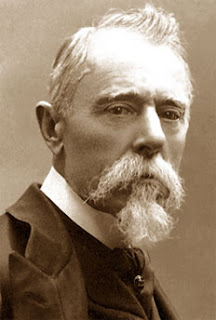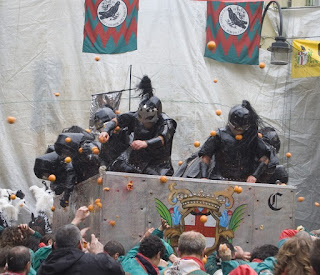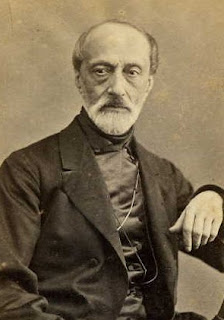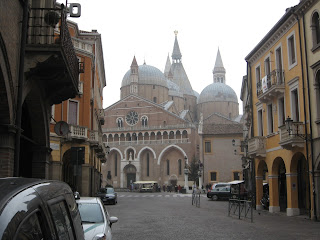How the Vatican became an independent state inside Italy
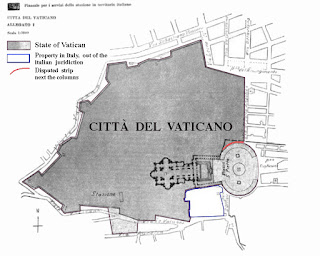 |
| The boundary map of the Vatican City as it appeared in the Lateran Treaty, signed on February 11, 1929 |
The Lateran Treaty settled what had been known as ‘The Roman Question’, a dispute regarding the power of the Popes as rulers of civil territory within a united Italy.
The treaty is named after the Lateran Palace where the agreement was signed by prime minister Benito Mussolini on behalf of King Victor Emmanuel III and Cardinal Pietro Gasparri on behalf of Pope Pius XI.
The Italian parliament ratified the treaty on June 7, 1929. Although Italy was then under a Fascist government, the succeeding democratic governments have all upheld the treaty.
The Vatican was officially recognised as an independent state, with the Pope as an independent sovereign ruling within Vatican City. The state covers approximately 40 hectares (100 acres) of land.
The papacy recognised the state of Italy with Rome as its capital, giving it a special character as ‘the centre of the catholic world and a place of pilgrimage.’
| The Lateran Palace, where the agreement recognising the Vatican City as an independent state was signed |
In 1947 the Lateran Treaty was incorporated into the new, democratic Italian constitution.
During the Risorgimento, the struggle to unite Italy in the 19th century, the Papal States had resisted being incorporated into the new nation. Italian troops had invaded the Romagna in 1860 and the rest of the Papal States, including Rome, were occupied by the army in 1870.
For the next 60 years, relations between the Papacy and the Government were hostile and the status of the Pope had become known as ‘The Roman Question’.
Travel Tip:
The Lateran Palace was the main papal residence in Rome between the fourth and 14th centuries. It is in Piazza San Giovanni in Laterano, next to the Basilica of San Giovanni in Laterano, the first Christian Basilica in Rome and now the Cathedral Church of the city. Some distance away from the Vatican, the palace is now an extraterritorial property of the Holy See, with similar rights to a foreign embassy.
Hotels in Rome by Booking.com
Travel tip:
Via della Conciliazione, the wide avenue along which visitors approach Saint Peter’s Basilica from Castel Sant’Angelo, was built on the orders of Mussolini as a symbol of reconciliation beween the Holy See and the Italian state after the Lateran Treaty was signed. Roughly 500 metres long, the vast colonnaded street designed by Marcello Piacentini was intended to link the Vatican to the heart of Rome. At the time it had the opposite effect as many buildings were demolished and residents had to be displaced.
More reading:
How Marcello Piacentini's architectural designs reflected Fascist ideals
Victor Emmanuel III abdicates
Soldiers enter Rome in the final act of unification
Also on this day:
1791: The birth of architect Louis Visconti, who designed Napoleon's tomb in Paris
1881: The birth of Futurist artist Carlo Carrà
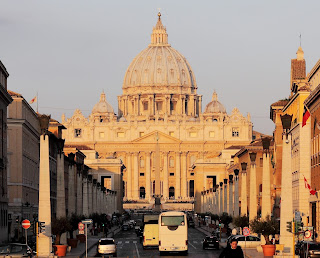 |
| The Via della Conciliazione, built on the orders of Mussolini |
Via della Conciliazione, the wide avenue along which visitors approach Saint Peter’s Basilica from Castel Sant’Angelo, was built on the orders of Mussolini as a symbol of reconciliation beween the Holy See and the Italian state after the Lateran Treaty was signed. Roughly 500 metres long, the vast colonnaded street designed by Marcello Piacentini was intended to link the Vatican to the heart of Rome. At the time it had the opposite effect as many buildings were demolished and residents had to be displaced.
More reading:
How Marcello Piacentini's architectural designs reflected Fascist ideals
Victor Emmanuel III abdicates
Soldiers enter Rome in the final act of unification
Also on this day:
1791: The birth of architect Louis Visconti, who designed Napoleon's tomb in Paris
1881: The birth of Futurist artist Carlo Carrà
1917: The birth of film director Giueppe De Santis
1948: The birth of footballer Carlo Sartori
(Picture credits: Photo: Lateran Palace by MarkusMark; Via della Conciliazione by Martin Falbisoner; via Wikimedia Commons)
Home
1948: The birth of footballer Carlo Sartori
(Picture credits: Photo: Lateran Palace by MarkusMark; Via della Conciliazione by Martin Falbisoner; via Wikimedia Commons)
Home
